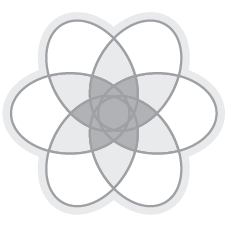| EPA | 3.1 | Synthesize essential data from previous records, integrate the information derived from history, meaningful physical and mental symptoms and physical exam; provide initial diagnostic evaluations; take into account the age, gender and psychosocial context of the patient as well as social determinants of health |
| EPA | 3.2 | Assess the degree of urgency of any complaint, symptom or situation |
| EPA | 3.3 | Demonstrate awareness of multimorbidity and atypical presentation of disease, especially in elderly patients |
| EPA | 3.4 | Integrate the scientific foundations of basic medical sciences as well as epidemiological information (probability of diseases) into clinical reasoning, in order to develop a differential diagnosis and a working diagnosis, organized in a meaningful hierarchical way |
| EPA | 3.5 | Engage with supervisors and team members for endorsement and confirmation of the working diagnosis; explain and document the clinical reasoning that led to the working diagnosis; demonstrate critical thinking with regard to differential diagnosis |
| EPA | 3.6 | Manage ambiguity in a differential diagnosis for oneself and the patient; respond openly to questions from patients and members of the healthcare team; continuously update differential diagnosis |





